Sessions » VIS Keynote Speaker
» What Art Can Tell Us About the Brain
Margaret S. Livingstone

Professor of Neurobiology
Harvard Medical School
Abstract
Artists have been doing experiments on vision longer than neurobiologists. Some major works of art have provided insights as to how we see; some of these insights are so fundamental that they can be understood in terms of the underlying neurobiology. For example, artists have long realized that color and luminance can play independent roles in visual perception. Picasso said, "Colors are only symbols. Reality is to be found in luminance alone." This observation has a parallel in the functional subdivision of our visual systems, where color and luminance are processed by the newer, primate-specific What system, and the older, colorblind, Where (or How) system. Many techniques developed over the centuries by artists can be understood in terms of the parallel organization of our visual systems. I will explore how the segregation of color and luminance processing are the basis for why some Impressionist paintings seem to shimmer, why some op art paintings seem to move, some principles of Matisse's use of color, and how the Impressionists painted "air". Central and peripheral vision are distinct, and I will show how the differences in resolution across our visual field make the Mona Lisa's smile elusive, and produce a dynamic illusion in Pointillist paintings, Chuck Close paintings, and photomosaics. I will explore how artists have intuited important features about how our brains extract relevant information about faces and objects, and I will discuss why learning disabilities may be associated with artistic talent.
Bio
Margaret Livingstone has worked in several different fields of neurobiology and has contributed significantly to all of them.
Dr. Livingstone is best known for her work on visual processing. In collaboration with David Hubel she did groundbreaking work on the parallel processing of visual information. In 1984 they described a new subdivision in primate primary visual cortex involved in processing information about color, and described the anatomy and physiology of this previously unknown system. Moreover, in studying the anatomical connectivity of the color system, they found that this system had different input connections and different output connections from surrounding V1. Finally they showed that the second visual area, V2, is also functionally subdivided, and that the functional subdivions of V2 are selectively and precisely interconnected with different subdivisions in V1. This work has been richly confirmed by many other investigators over the last 30 years. Livingstone and Hubel extrapolated from what they had learned about the connectivity and functional specificity of V1 and V2 and suggested that visual processing in general is parallel, with each subdivision processing different kinds of visual information. Each of the subdivisions has distinct physiological characteristics, being differentially sensitive to color, contrast, spatial and temporal frequency. They used these characteristics to explore human visual processing to ask whether different human visual tasks seem to be carried by one or the other visual processing streams. Their techniques are now widely used to explore parallel visual processing in humans. Furthermore these findings on the parallel organization of the visual system provided a deep structure for linking a large body of perceptual and physiological work, and this idea has had a profound impact on both fields.
Livingstone went on to apply objective, quantitative mapping techniques to primary and extrastriate visual areas, revealing fundamental computational strategies used by the visual system in processing information. Her work has led to a deeper understanding of how we see color, motion, and depth, and how these processes are involved in generating percepts of objects as distinct from their background.
Livingstone in collaboration with Albert Galaburda's laboratory looked at differences in visual processing in subjects with dyslexia, and found a selective slowing of the fast achromatic visual channel. This work has been confirmed by several laboratories and has had wide-reaching influence in the learning- disability field.
Most recently Doris Tsao in Livingstone's laboratory used functional magnetic resonance imaging in alert monkeys and found that macaques, like humans, have specialized regions of the temporal lobe that are selectively involved in face processing. Then they used functional imaging to target single-unit recording to these regions and found that an astonishing 97% of the cells in this region were highly selective for faces, as opposed to non-face objects. This is the first time functional magnetic resonance imaging has been used to target single-unit recording, and this study sets a new standard for localizing neuronal function. This study further shows that monkeys, like people, use specialized regions of the brain to process faces. This work has already had wide repercussions because it resolves a major controversy in the field of face processing as to whether face processing is unique or simply one of many forms of expertise.
Lastly, Livingstone has explored the ways in which vision science can understand and inform the world of visual art. She has written a popular lay book, Vision and Art, which has brought her acclaim in the art world as a scientist who can communicate with artists and art historians, with mutual benefit. She generated some important insights into the field, including a simple explanation for the elusive quality of the Mona Lisa's smile (it is more visible to peripheral vision than to central vision) and the fact that Rembrandt, like a surprisingly large number of famous artists, was likely to have been stereoblind.

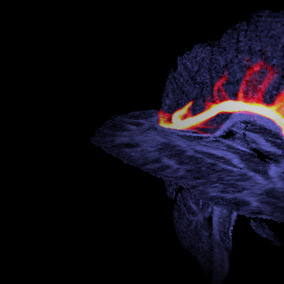
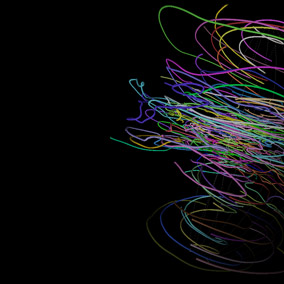
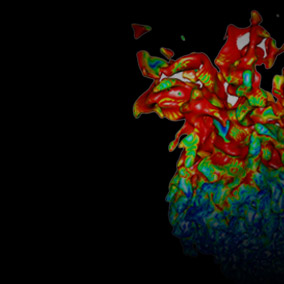
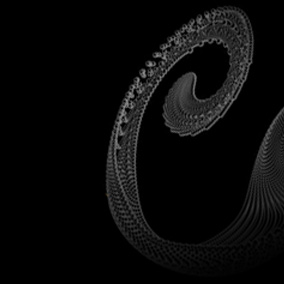
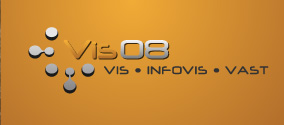

 Week-at-a-Glance
Week-at-a-Glance

